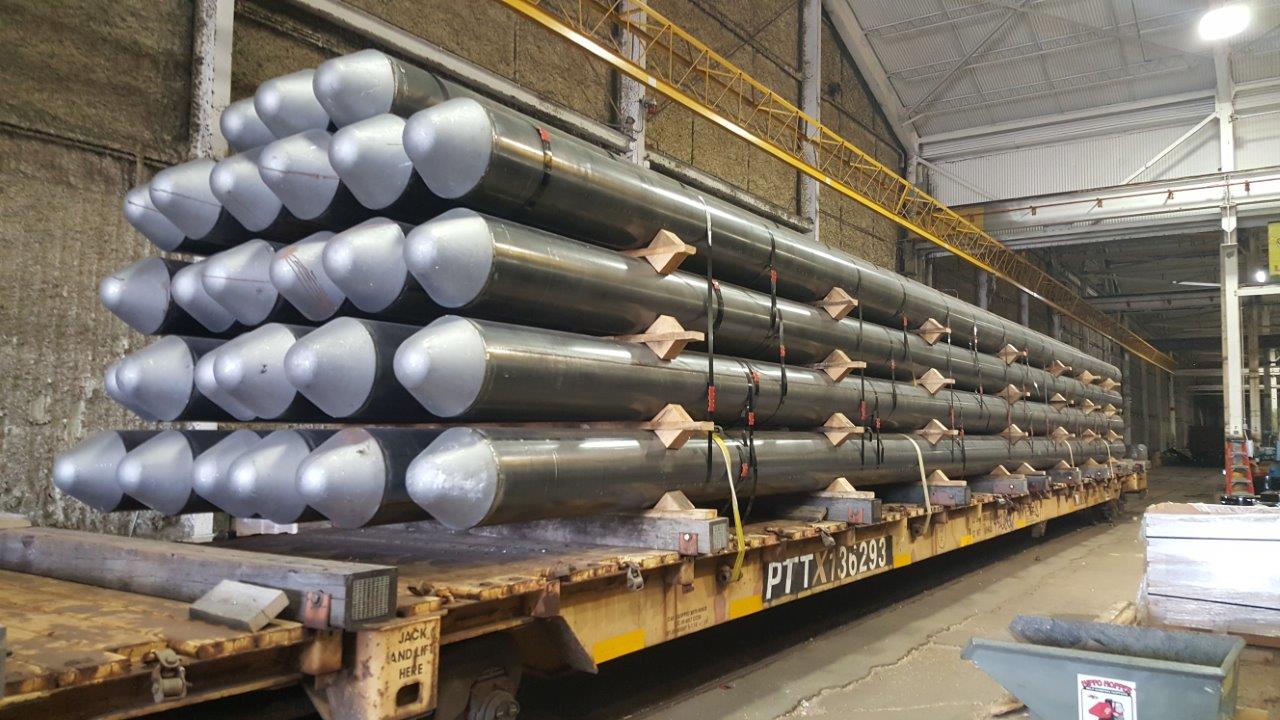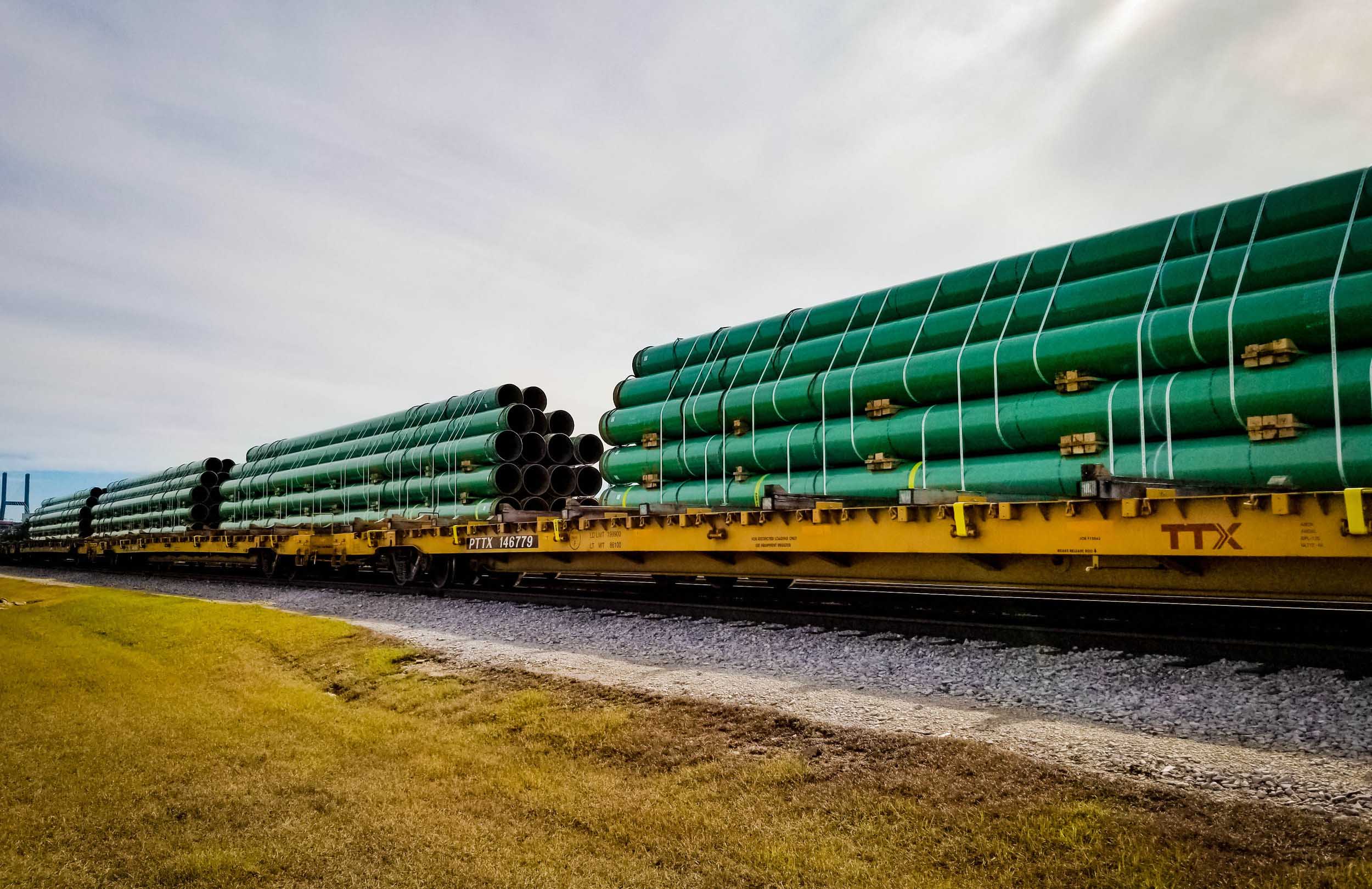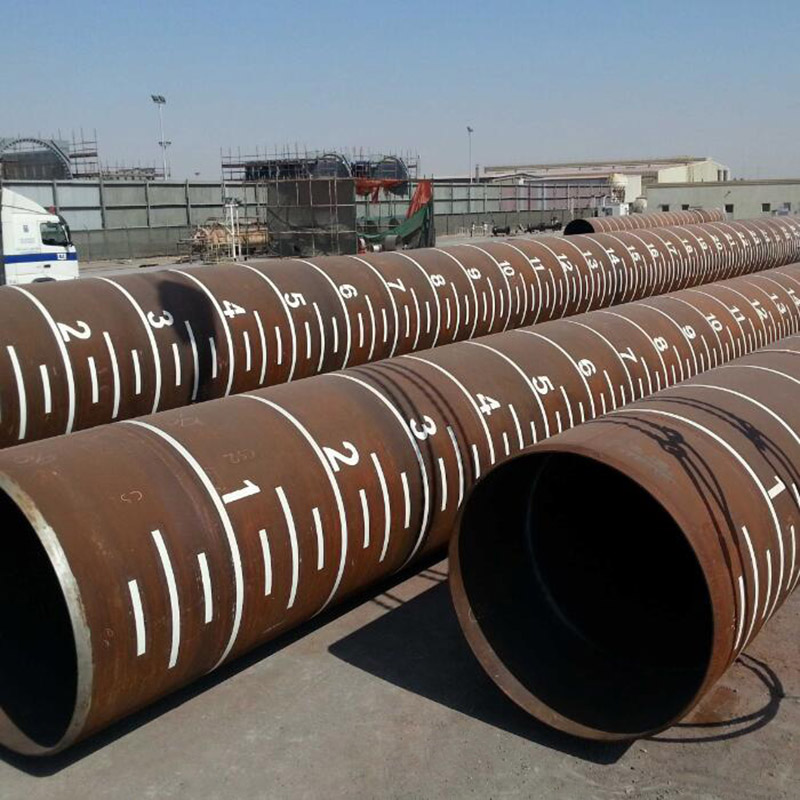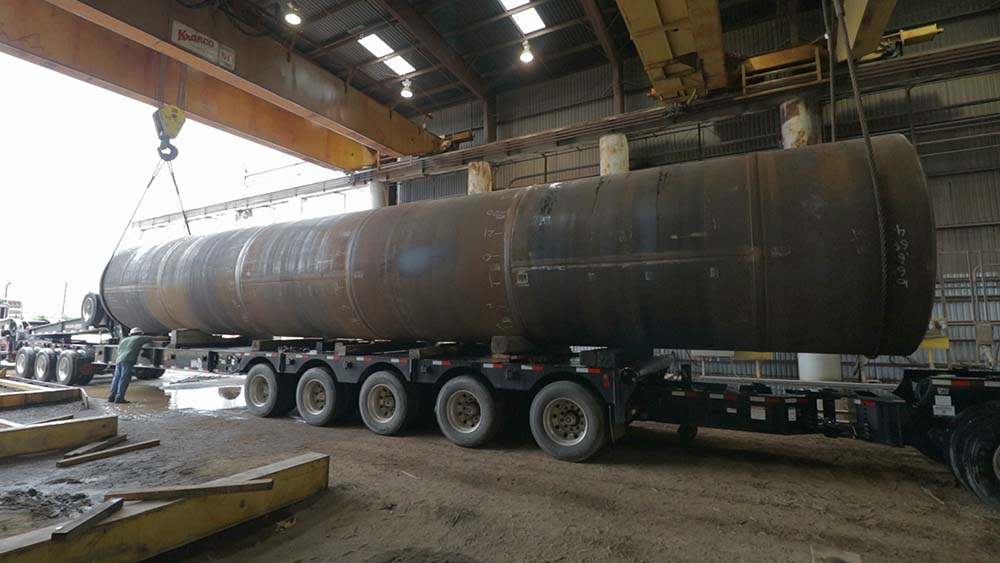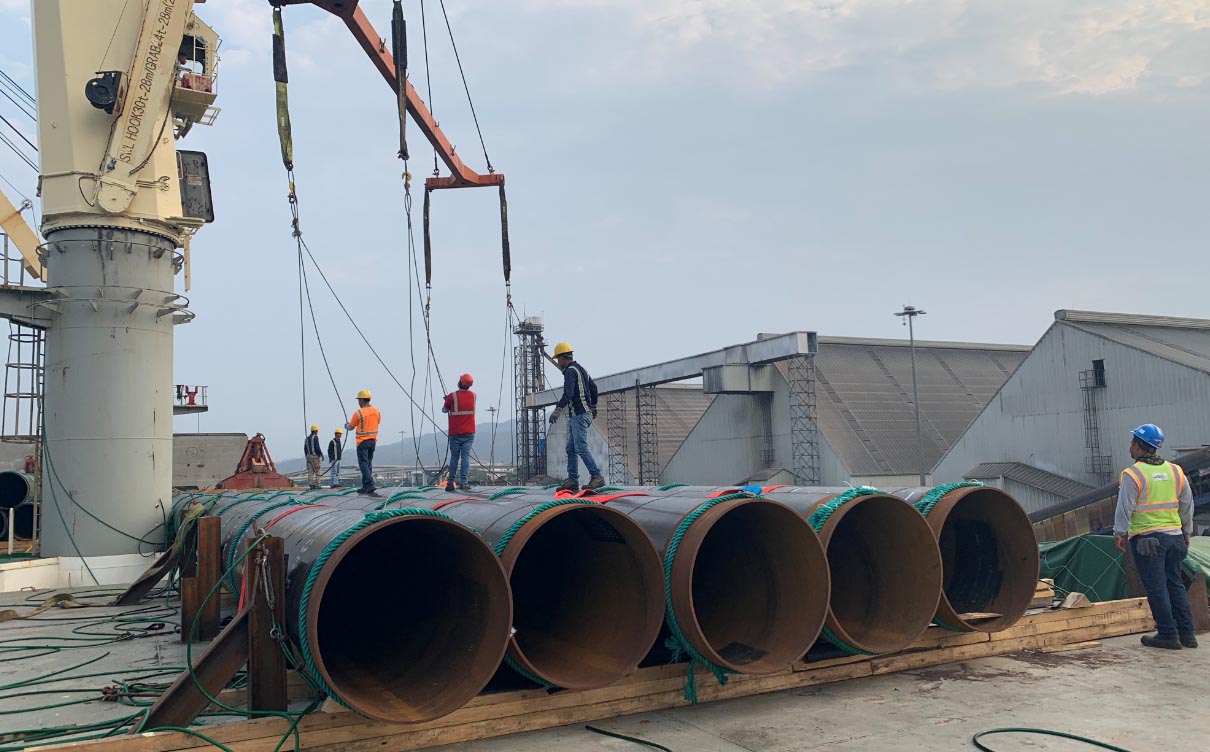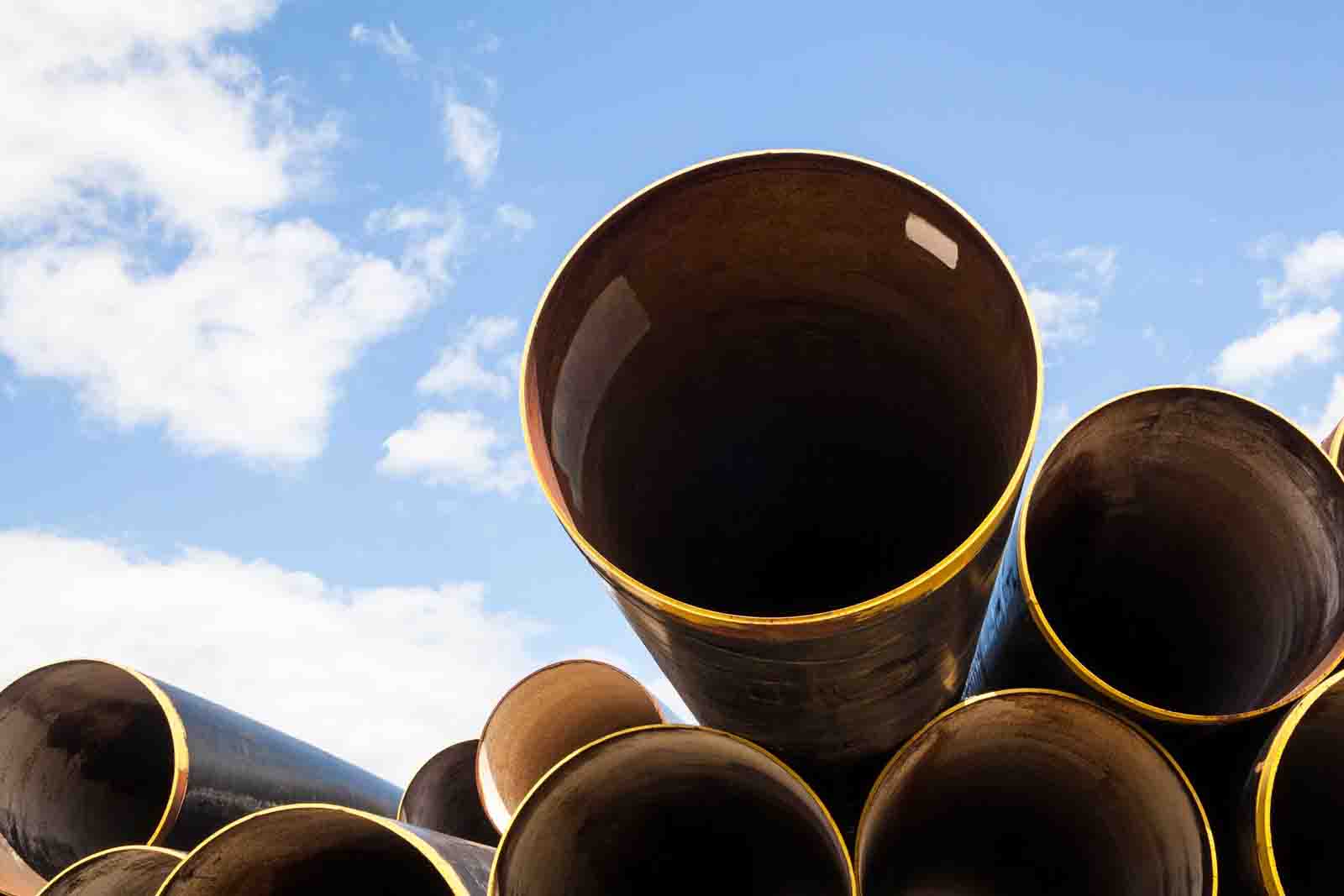Steel Pipe Piling Manufacturing Process: A Comprehensive Guide
Introduction
Steel pipe piling is a critical component in deep foundation systems, providing stability and load-bearing support for structures in various industries, including construction, marine, and energy. The manufacturing process of steel pipe piling is a meticulous and highly controlled procedure designed to ensure the highest levels of quality, durability, and performance.
This article provides a detailed overview of the steel pipe piling manufacturing process, covering every stage from preparation to load-out. Each step is optimized to meet stringent industry standards, ensuring that the final product is capable of withstanding the demanding conditions of its application.
1. Preparation
The manufacturing process begins with the preparation of steel plates. This stage ensures that the raw materials are ready for rolling and welding, adhering to precise specifications.
Key Steps in Preparation:
- Flame-Cutting Weld Bevels and Edges:
- Weld bevels and edges are flame-cut to the specified angle, ensuring compatibility with the welding process.
- This step is performed according to strict weld procedures to ensure uniformity and precision.
- Material Inspection:
- Steel plates are inspected for any defects or irregularities before processing.
- Mill test certificates are reviewed to confirm compliance with material specifications.
Importance of Preparation:
- Ensures proper alignment and fit during rolling and welding.
- Reduces the risk of defects in the final product.
2. Rolling
The rolling process shapes the steel plates into cylindrical sections, forming the basic structure of the pipe. Rolling can be performed using cold rolling, hot rolling, or warm rolling, depending on the material and project requirements.
Types of Rolling:
- Cold Rolling:
- Used for plates up to 10 inches thick.
- Suitable for smaller diameters and thinner walls.
- Provides precise control over dimensions and surface finish.
- Hot or Warm Rolling:
- Accommodates plates with greater thicknesses.
- Ideal for larger diameters and heavy-duty applications.
- Reduces material stress, making it easier to shape thicker plates.
Factors Affecting Rolling:
- Diameter: Larger diameters may require hot or warm rolling.
- Steel Grade: Higher-strength steels may require specialized rolling techniques.
- Length and Wall Thickness: Longer and thicker pipes may require multiple rolling passes.
3. Welding
Welding is one of the most critical stages in the manufacturing process, as it ensures the structural integrity of the steel pipe piling. The process involves automatic multi-wire submerged arc welding (SAW), which provides high-quality, consistent welds.
Welding Process:
-
Longitudinal Seam Welding:
- The longitudinal seam of the pipe section is welded first.
- Automatic multi-wire SAW ensures deep penetration and uniform weld quality.
-
Circumferential Welding:
- Once the pipe sections are assembled, circumferential welds are applied to join the sections.
- This step is crucial for creating longer pipe assemblies.
-
Weld Procedure Library:
- An extensive library of weld procedures is maintained for various materials and configurations.
- Procedures are tailored to the specific steel grade, thickness, and application.
Quality Assurance:
- Welds are inspected to ensure they meet industry standards, such as AWS D1.1 or API 5L.
4. Assembly
The assembly stage involves combining individual pipe sections into longer lengths or more complex configurations. This step is essential for projects requiring customized pipe assemblies.
Assembly Capabilities:
- Single “Cans”:
- Basic pipe sections, typically used for smaller projects or as components of larger assemblies.
- Long Pipe Assemblies:
- Pipes can be assembled into lengths of up to 300 feet or 500 tons.
- These assemblies are ideal for large-scale infrastructure projects, such as bridges or offshore platforms.
Importance of Assembly:
- Enables customization to meet specific project requirements.
- Reduces the need for onsite welding, saving time and labor costs.
5. Non-Destructive Testing (NDT)
To ensure the quality and reliability of the steel pipe piling, non-destructive testing (NDT) is conducted by third-party subcontractors. NDT methods detect defects without damaging the material.
Common NDT Methods:
- Radiographic Testing (RT):
- Uses X-rays or gamma rays to detect internal defects, such as cracks or voids.
- Ultrasonic Testing (UT):
- Employs high-frequency sound waves to identify flaws in the welds or material.
- Magnetic Particle Testing (MT):
- Detects surface and near-surface defects using magnetic fields.
- Dye Penetrant Testing (PT):
- Highlights surface defects by applying a visible or fluorescent dye.
Benefits of NDT:
- Ensures the structural integrity of the pipe.
- Identifies defects early, reducing the risk of failure during installation or operation.
6. Coating
Coating is applied to protect the steel pipe piling from corrosion, abrasion, and other environmental factors. This step is critical for ensuring the long-term durability of the piles, especially in marine or subterranean environments.
Coating Options:
- Multi-Layer Coatings:
- Provide superior protection against corrosion and mechanical damage.
- Coal Tar Epoxy:
- A durable, cost-effective coating commonly used in marine environments.
- Tideguard:
- A high-performance coating designed for harsh tidal and offshore conditions.
Coating Application:
- Coatings are applied by an onsite partner, ensuring seamless integration with the manufacturing process.
- The coating process adheres to industry standards, such as ISO 12944 or NACE SP0394.
7. Load Out
Once the steel pipe piling is manufactured and coated, it is prepared for shipment. The load-out process ensures that the pipes are safely transported to the project site.
Load-Out Capabilities:
- Shipping Methods:
- Pipes can be shipped via truck, rail, or water.
- Location:
- Facilities are strategically located at the Greens Bayou-Houston Ship Channel convergence, providing easy access to major transportation routes.
- Heavy Load Handling:
- Pipes weighing up to 500 tons can be loaded using a barge-mounted crane.
8. Documentation
Every steel pipe piling project includes comprehensive documentation to ensure transparency and compliance with project specifications.
Documentation Includes:
- Mill Test Certificates:
- Verify the material properties and compliance with standards.
- X-Ray Film:
- Provides evidence of weld quality and NDT results.
- Test Reports:
- Include results from radiographic, ultrasonic, magnetic particle, and dye penetrant inspections.
Importance of Documentation:
- Ensures traceability and accountability.
- Provides clients with confidence in the quality of the product.
Summary of the Manufacturing Process
| Stage | Key Activities |
|---|---|
| Preparation | Flame-cutting weld bevels and edges, material inspection. |
| Rolling | Cold, hot, or warm rolling to shape the steel plates into cylindrical sections. |
| Welding | Longitudinal and circumferential welding using automatic multi-wire SAW. |
| Assembly | Combining pipe sections into lengths up to 300 feet or 500 tons. |
| Non-Destructive Testing | Radiographic, ultrasonic, magnetic particle, and dye penetrant inspections. |
| Coating | Applying multi-layer coatings, coal tar epoxy, or Tideguard for corrosion protection. |
| Load Out | Shipping via truck, rail, or water, with heavy load handling capabilities. |
| Documentation | Providing mill test certificates, x-ray film, and test reports. |
Conclusion
The manufacturing process of steel pipe piling is a highly specialized and controlled procedure designed to produce durable, high-quality piles for demanding applications. From preparation and rolling to welding, assembly, and coating, each stage is optimized to meet stringent industry standards. Non-destructive testing and comprehensive documentation ensure the reliability and traceability of the final product.
By adhering to these meticulous processes, steel pipe piling manufacturers can deliver products that provide exceptional performance and long-term durability, making them a cornerstone of modern foundation systems.

